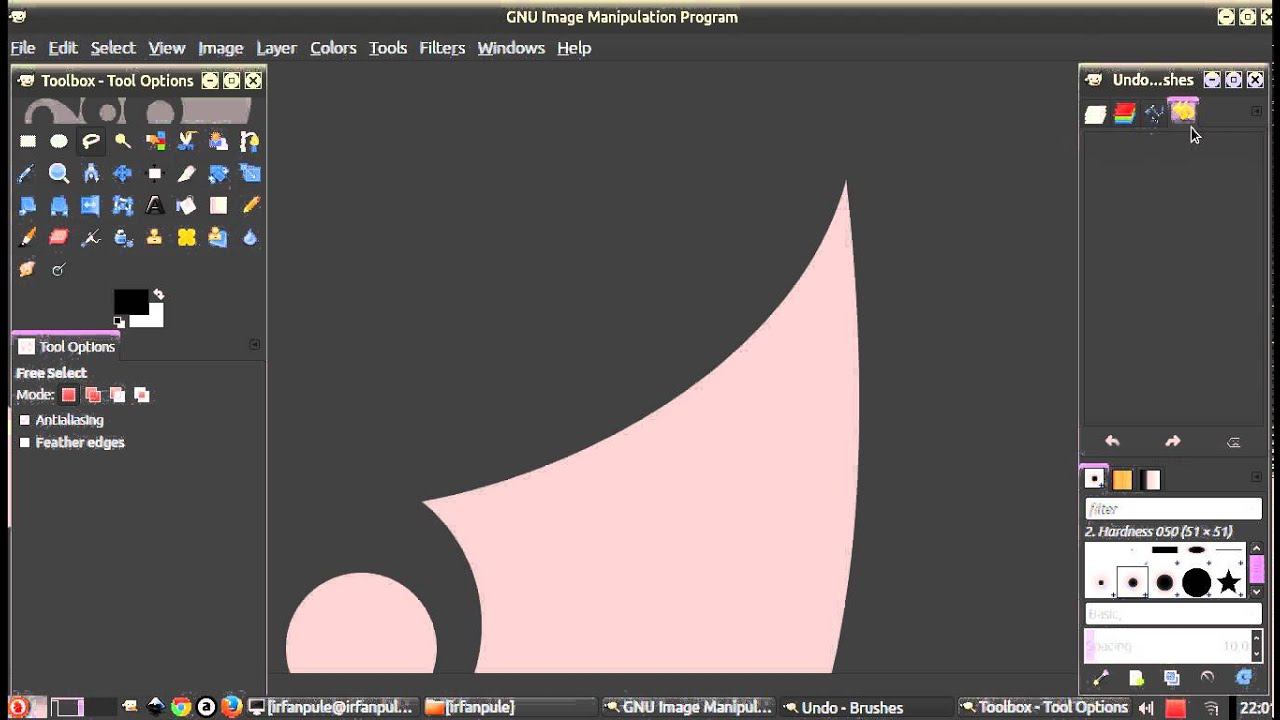

The best of the lossless image formats is called PNG (Portable Network Graphics). They are more suitable for things like logos. These store an exact pixel-by-pixel representation of the image, but require more space. We do not recommend using JPEG files for rasterized vector art, as the compression artifacts substantially degrade the quality of the image near edges. It has excellent compression characteristics and has the nice feature that the user may specify what level of compression they desire, trading off fidelity for file size.

One of the most widely-used image formats. They are also commonly used on the web to save bandwidth. They are best suited to photographs and other images where perfect accuracy is not important. These have smaller file sizes but do not store a perfect copy of the image. Some of the most common are: JPEG, PNG, GIF, BMP, and TIFF.īroadly speaking, they fall into two categories: Lossy formats There is a large number of different bitmap formats.


 0 kommentar(er)
0 kommentar(er)
